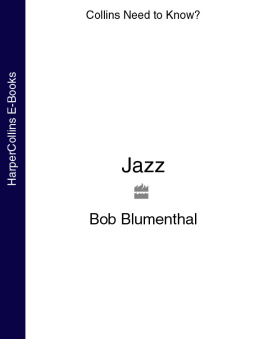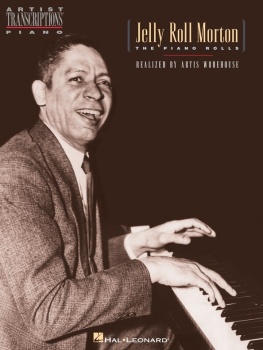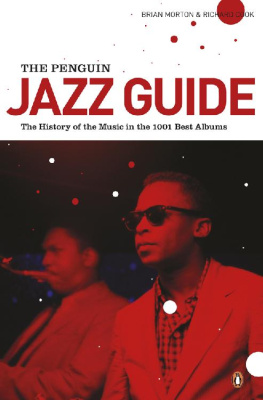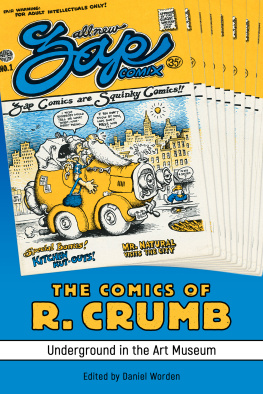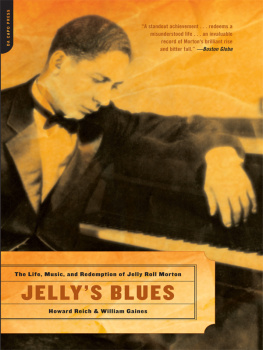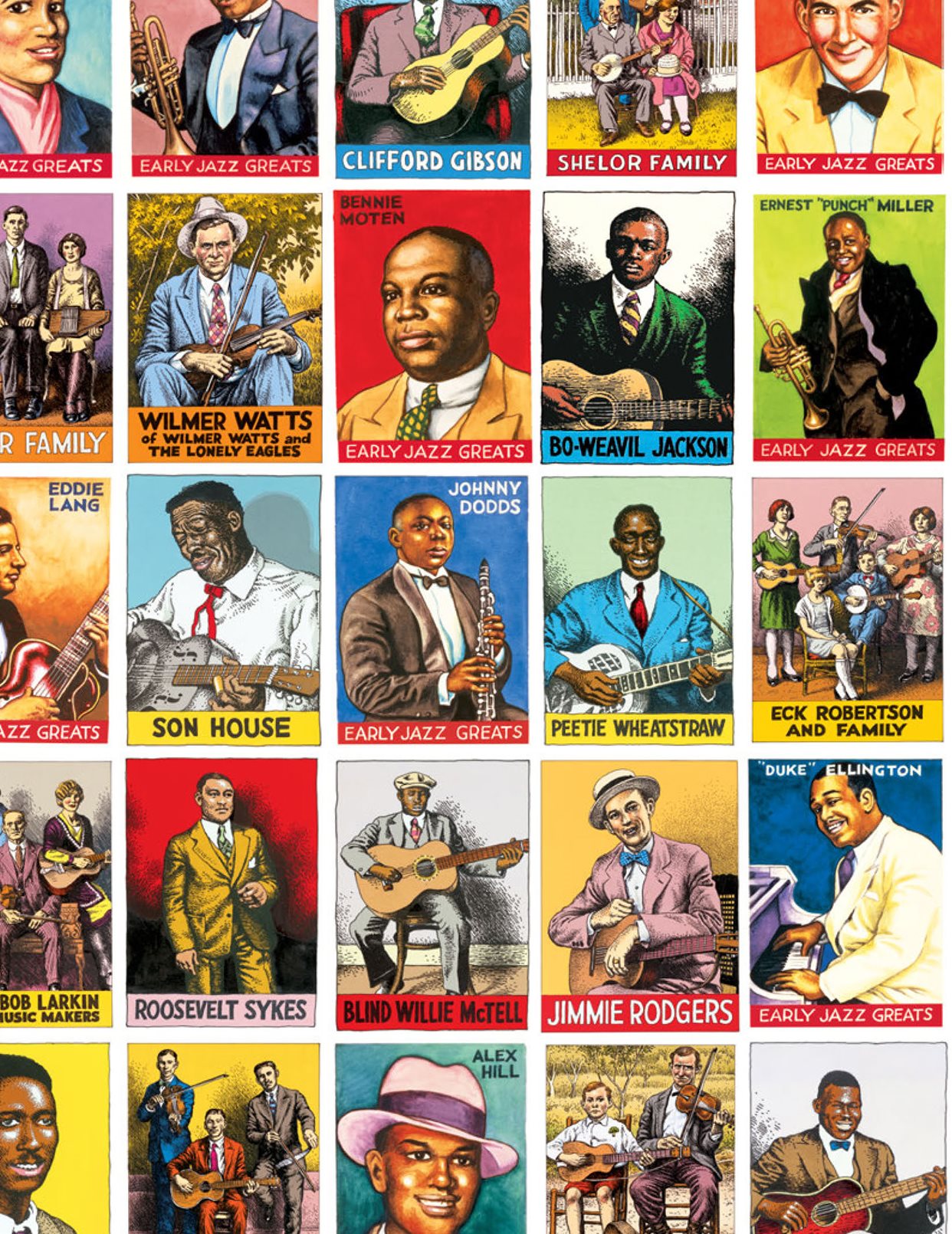Contents
Guide

BLUES, JAZZ
&
COUNTRY
HEROES OF

BLUES, JAZZ
&
COUNTRY
HEROES OF
ILLUSTRATED BY
R. CRUMB
TEXT BY
STEPHEN CALT,
DAVID JASEN,
AND
RICHARD NEVINS
INTRODUCTION BY
TERRY ZWIGOFF
ABRAMS, NEW YORK

CONTENTS
HEROES OF THE BLUES

EARLY JAZZ GREATS

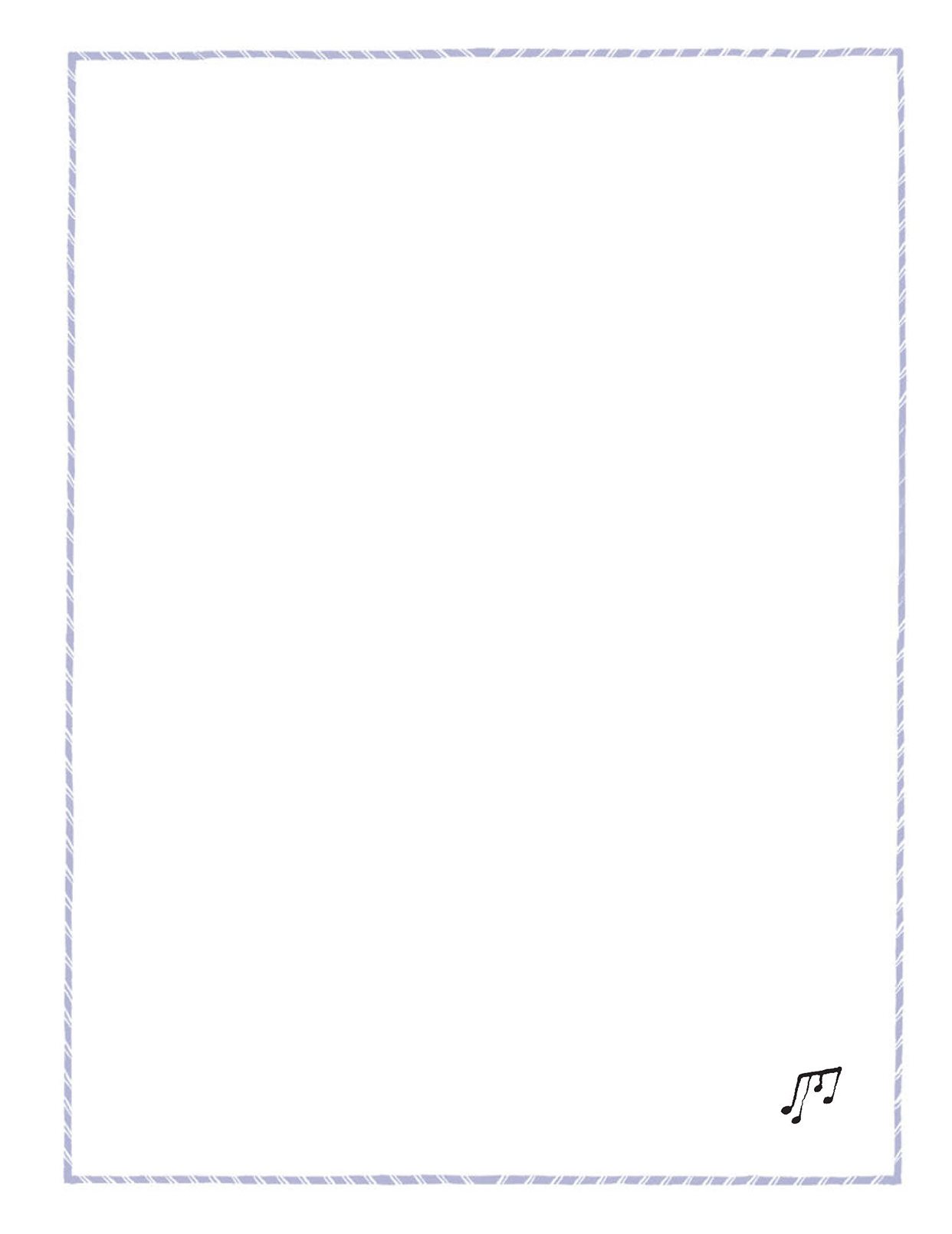
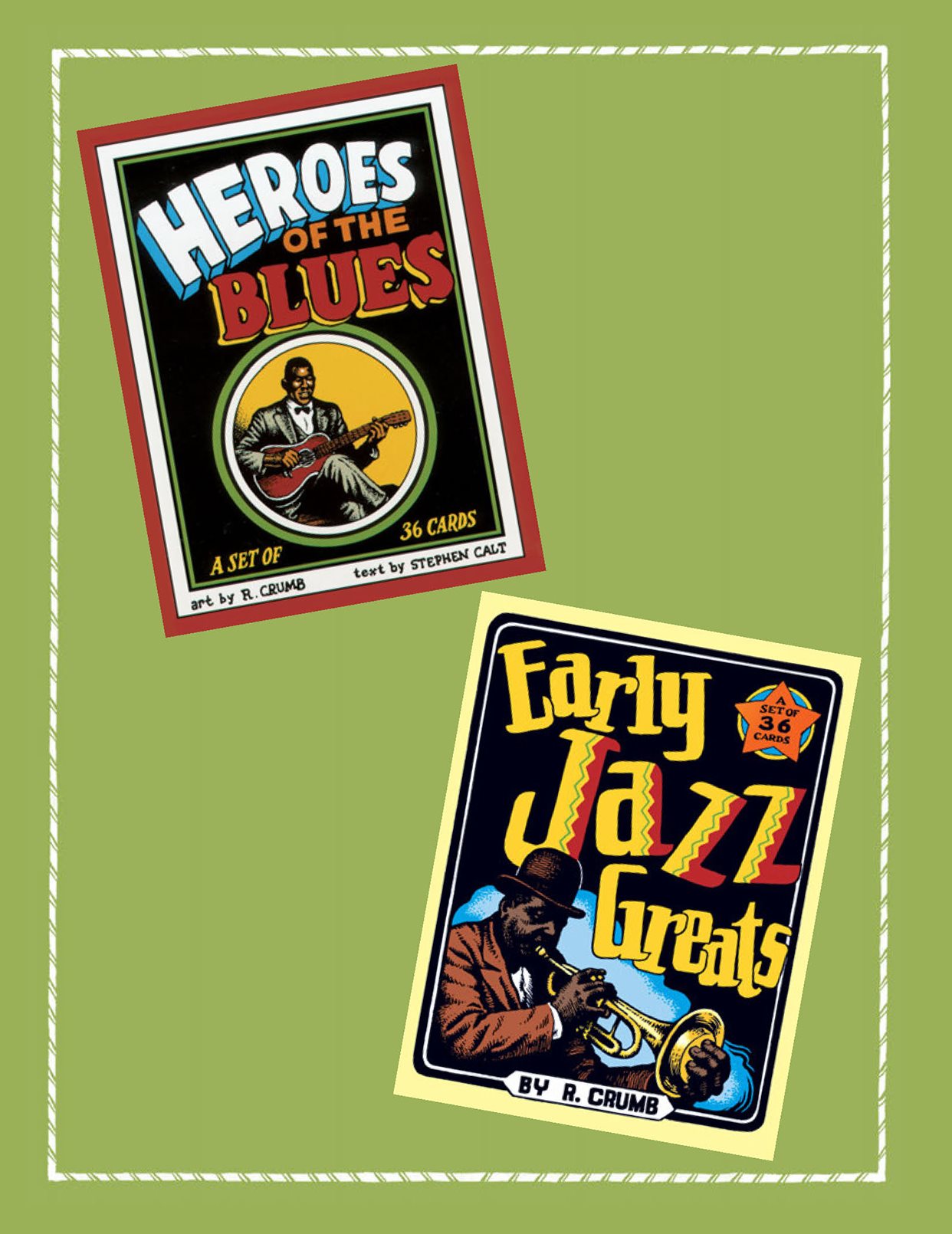

INTRODUCTION
Terry Zwigoff
I met Robert Crumb in 1970 and we quickly became friends,
sharing a love for 1920s and 30s music and trying to figure out
how to play this music ourselves. One of our pals, Al Dodge, had
traded Robert some rare records in exchange for a drawing of
a large jazz band made up entirely of cats playing all the instru-
ments of the orchestra. Every time I went over to Als house I
admired that drawing. A few years later, I found a copy of a rare
Okeh Records 78 by Freeneys Barn Dance Band. Robert wanted
the record badly, so I offered to trade it for a drawing like the one
hed done for Al. Not wanting to slave over drawing a twelve-
piece orchestra again, he suggested a string band trio instead. I
agreed, on the condition that he would color it as well, and the
resultant portrait of Dirty Dog and the Smelly Old Cat Bros.
String Band is still hanging in my record room today. It looks
like the forerunner to the depictions of old bands included here.
The portraits of musicians that make up this book were
drawn around 1980 with the idea that they would be reduced in
size and printed as trading cards. Robert drew the musicians from
existing studio and family photographs, but (even though he
was quite fascinated with old photographs) I think he was more

inspired by a love of the music on the 78s than he was by the pho-
tos themselves. In those days, Robert and I were well acquainted
with Nick Perls, who owned and operated Yazoo Records in New
York. Nick probably had the best collection in the world of orig-
inal prewar blues 78s. He reissued them on LP compilations in a
slow but steady labor of love, a labor that has continued after his
death by Shanachie Records and his old friend Richard Nevins.
Roberts original idea was to include a single music card
with each Yazoo LP, in much the same spirit as the established
trading card tradition that dates back over a century. Packages
of tobacco used to have card inserts that featured film, sports,
and war subjects. When we were kids in the 1950s, trading cards
were more likely found in a pack of gum. Over time, you could
amass a collection of these cards. Inevitably, youd realize that
one or two rare ones were missing from your collection and you
could either buy more gum in the hope of finding the cards you
needed, or
worsebe forced to deal with the extortion of
some rival collector who already owned the card you desired.
It was Nick Perls who wanted to package the cards as a
thirty-six-piece boxed set. That eliminated the trading aspect,
but gave Nick an additional item to sell rather than a bonus pre-
mium to give away with his paltry LP sales. He also had Robert
design beautiful point-of-purchase store displays for the card
sets, which are rare and collectible items today. I remember
walking around the West Village with Nick as he tried to talk the
local merchants into carrying the card sets. He was pretty
INTRODUCTION

successful. The cards were appealing and colorful and sold well
right from the start. Numerous printings were done over the
years, and the rights passed from Nick to other publishers. After
Nick died, the original artwork for the cards was sold and today
is owned by a successful film director in northern California.
(No, not me.)
Initially, Robert wanted to draw only country string bands
for the country set, but he was persuaded to include Jimmie
Rodgers, the Carter Family, and a few more well-known enter-
tainers. Robert liked these artists, but he seemed to get a bigger
kick out of celebrating the lesser-known bands. Perhaps he
wanted to give them a well-deserved bit of recognition after all
their years of obscurity. The existence of available photographs
partly determined the musicians he chose to include. Its a
minor miracle that someone had a photo of Mumford Bean and
His Itawambians, a band so obscure that their one existing 78
has only been heard by maybe a dozen hard-core country col-
lectors, and has never been reissued.
As I recall, the blues and country sets were drawn first.
I remember walking with Robert to Flax Art Supply on Market
Street in San Francisco, where he bought the Pantone sheets he
used to color them. He switched to watercolors and actually
painted the jazz cards. I would like to wax eloquent here and
impress the reader by attributing Roberts shift to painting the
jazz cards to something about the fluidity inherent in the nature



